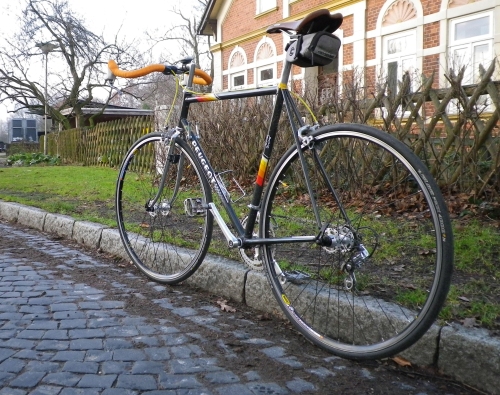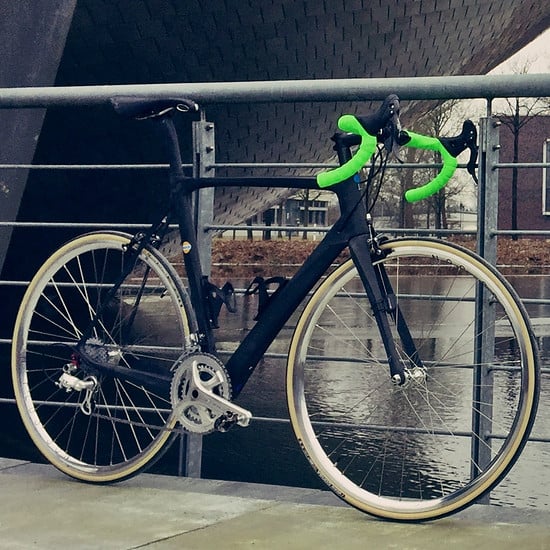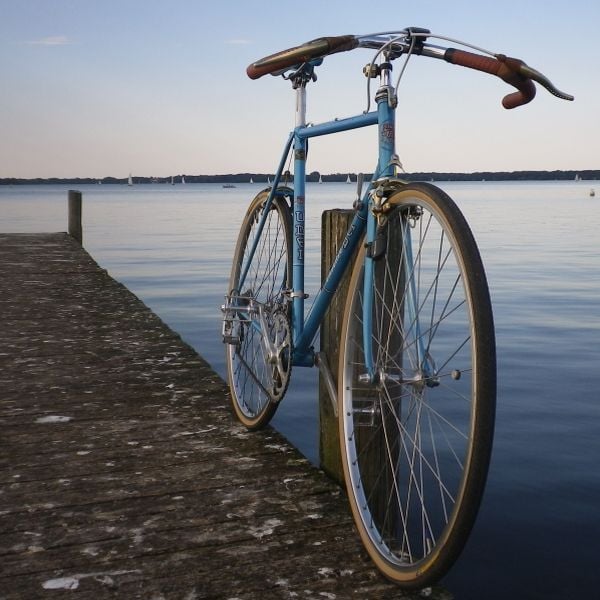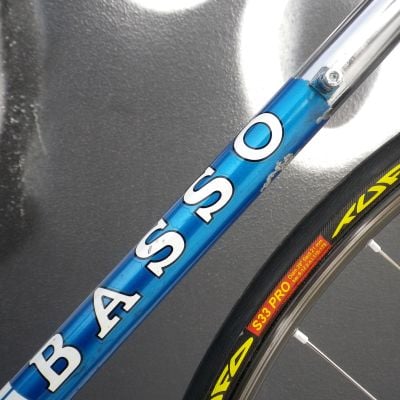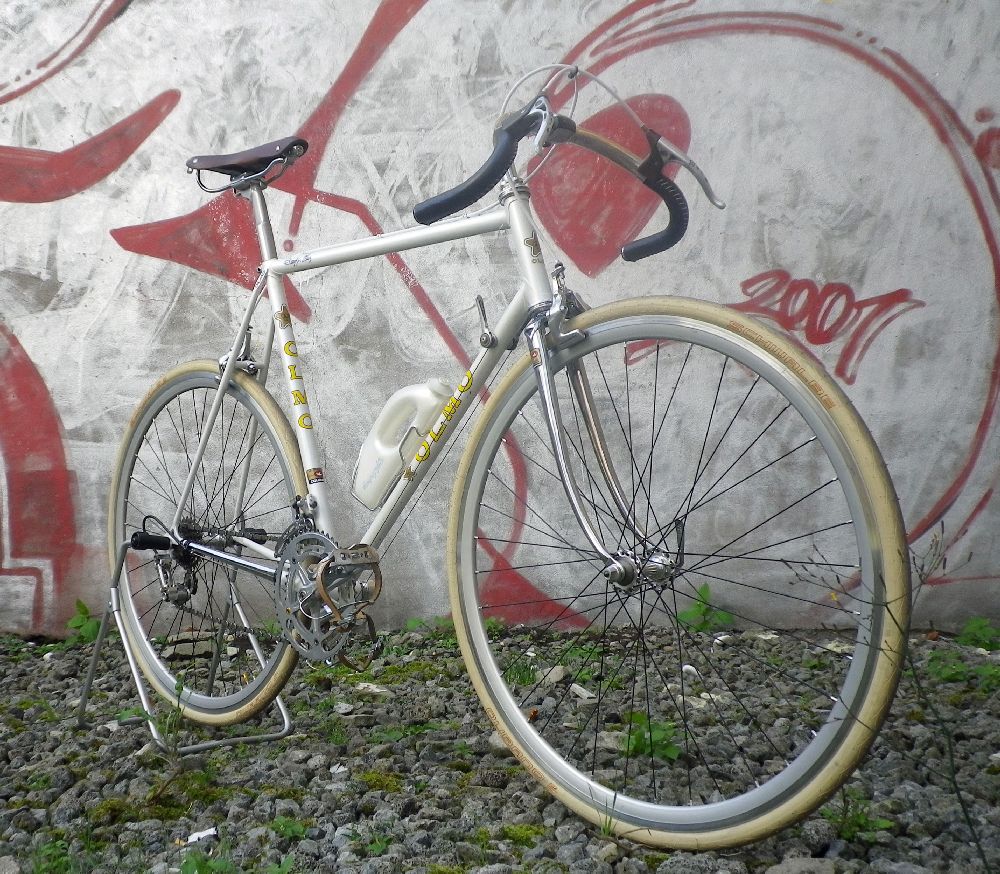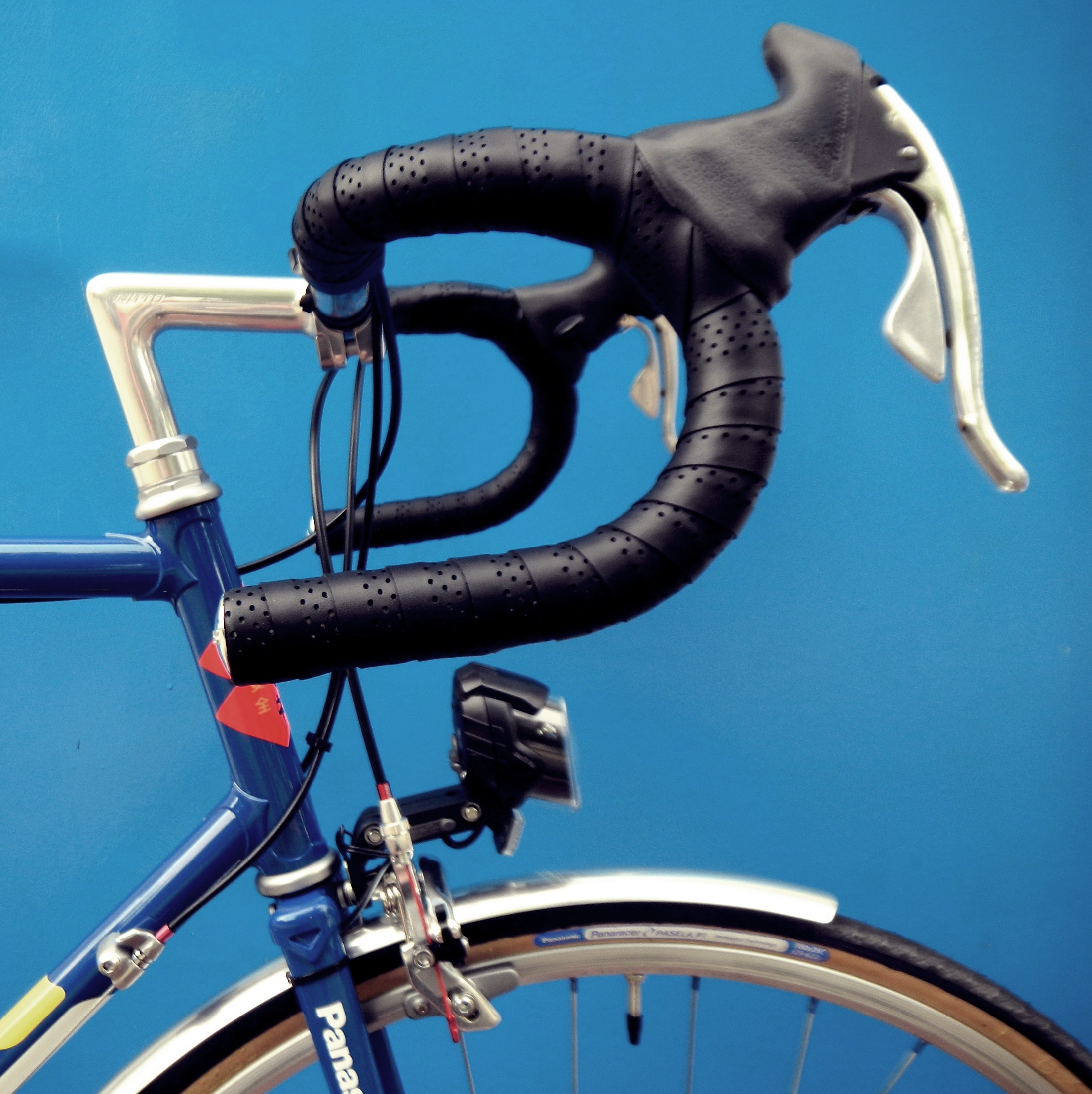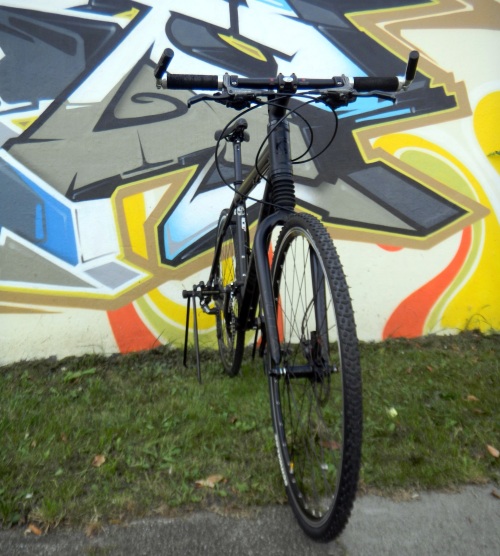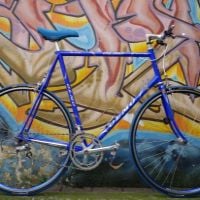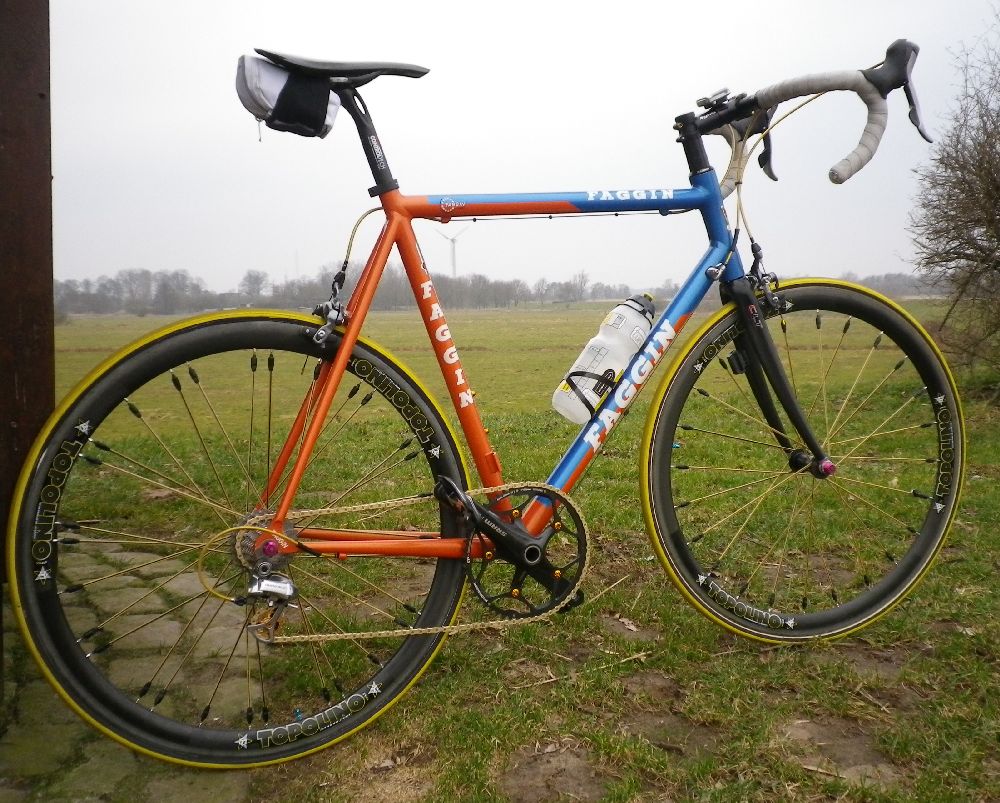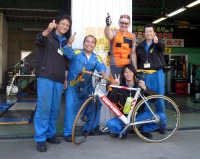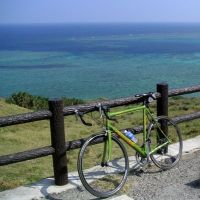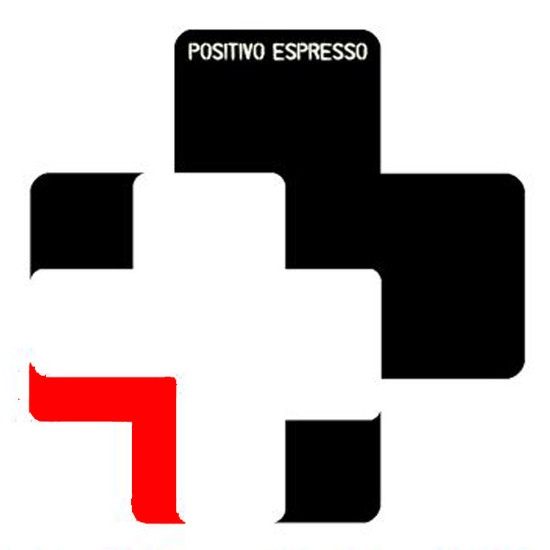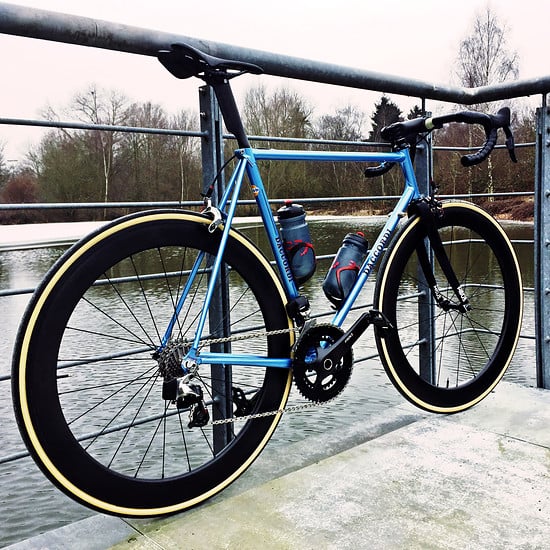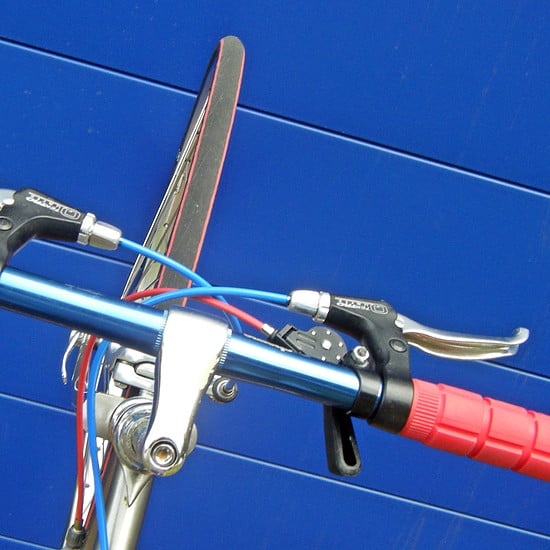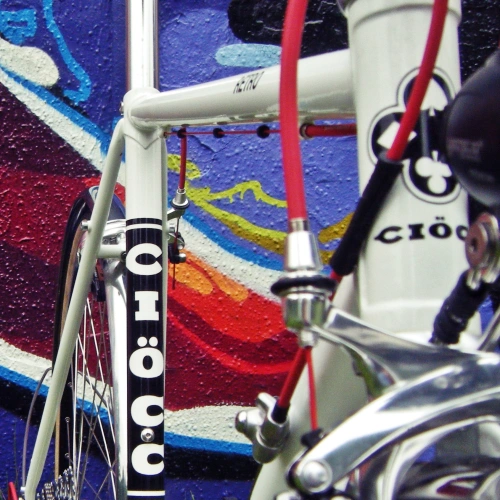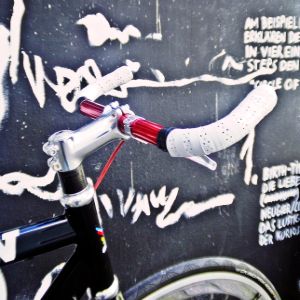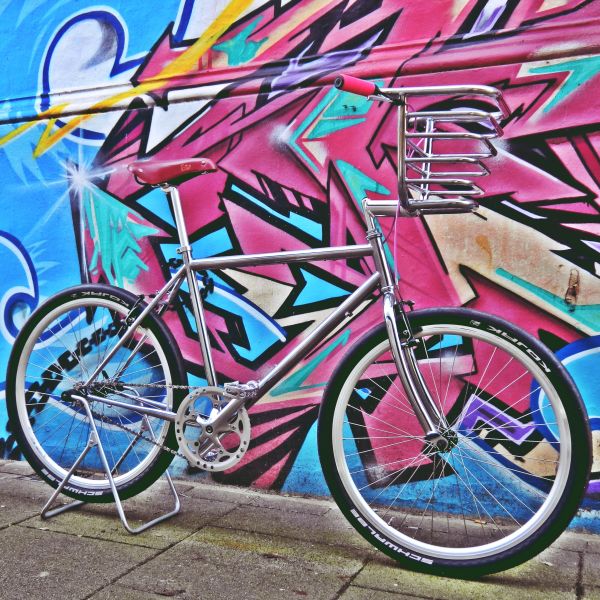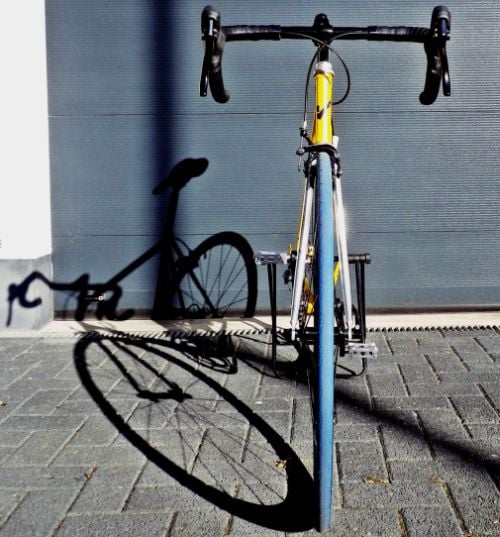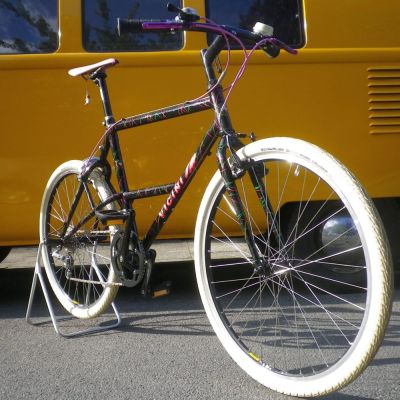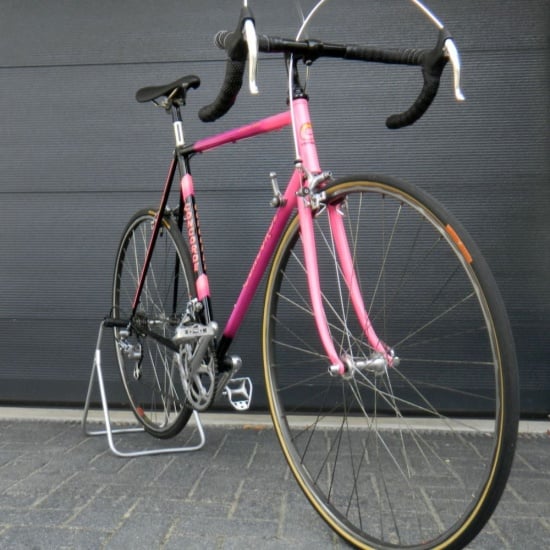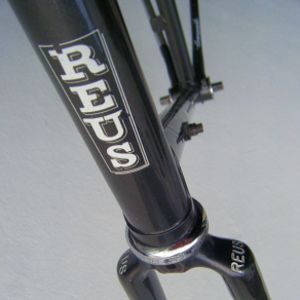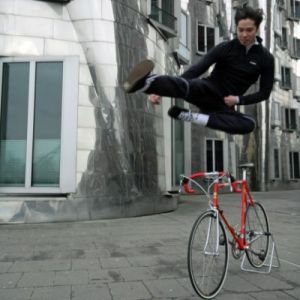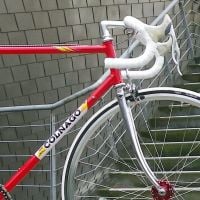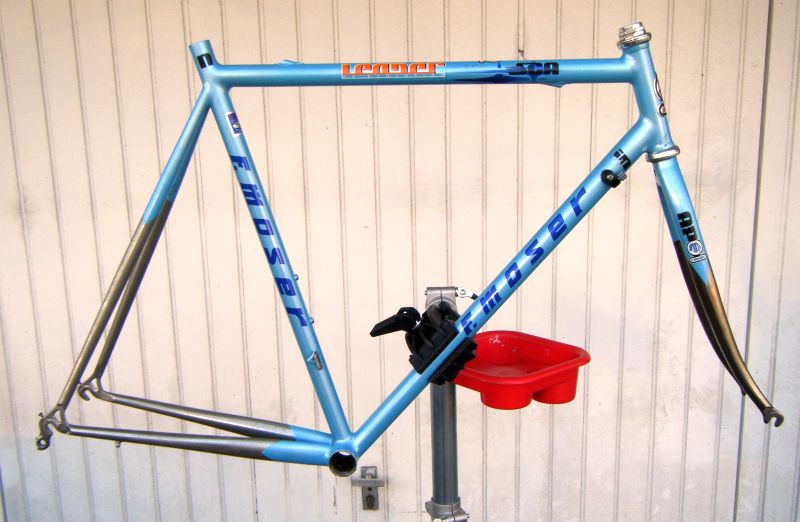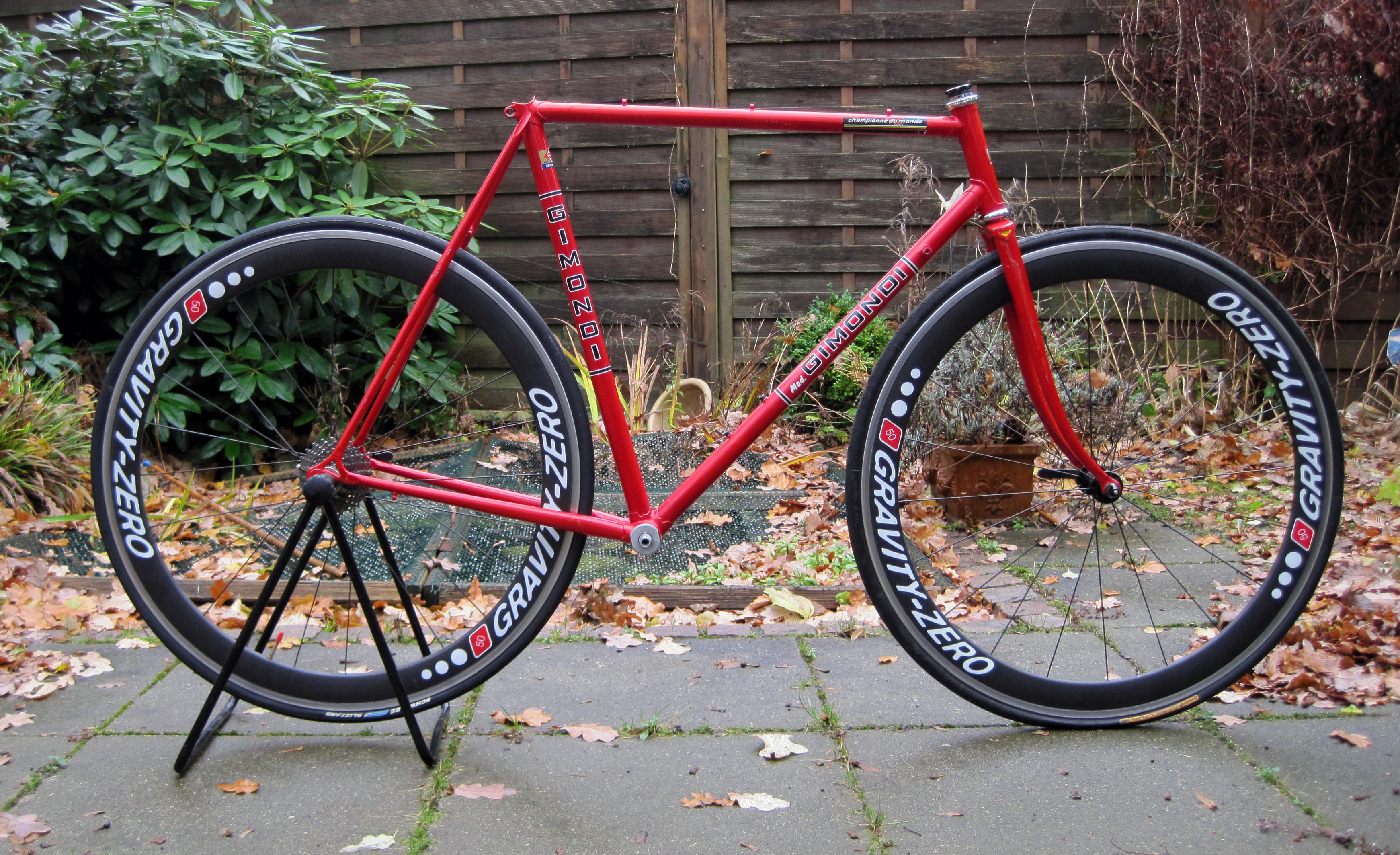Ich war gerade gut im Fluss, also dachte ich mir, dass ich mir einen davon aussuche und den Tag lang hoch und runter fahre. Die Wümme? Die Lessum? Die Hunte? Nein, die Weser.
Ich wollte endlich wissen, warum so viel Menschen Bremen als das „Weserflorenz“ bezeichnen. Das muss an der Weser liegen, denn mit Florenz verbinde ich (neben Andrea und Claudia Florenz aus der Tanzschule Türk-Brinkmann, 1978) in erster Linie eine irre Hitze und lange Schlangen vor den Museen. Keins der beiden ist definitiv in Bremen der Fall: Focke Museum, Weserburg, Paula Modersohn Museum, Universum .. selten verirren sich reine menschliche Seelen in diese Hallen. Kalt ist es sowieso, bis auf diese eine Woche im August, die wir hier Sommer nennen.
Ich fuhr zunächst am Bürgerpark lang zum Tierheim und dann an der kleinen Wümme lang bis zur großen am Dammsiel. Dort machte ich einen Schlenker nach links und radelte weiter in Richtung Wasserhorst und Burg. Über Nacht war es kälter geworden, aber auch vor allem weniger windig. Ich kämpfte mich weiter durch Lessum nach Vegesack bis ich an die Fähre nach Lemwerder kam. Ich schätze das Konzept während einer Tour die Weserseiten zu wechseln doch sehr und schlotterte im kalten Wind, als die Fähre sich auf den Weg zum weit entfernten anderen Ufer machte, das gerade noch so im Nebel erkennbar war.

Weserabwärts die Lürssen Werft
Auf der anderen, falschen Seite der Weser liegt Abeking & Rasmussen, die andere große Werft die Bremen erhalten blieben ist. Beide haben in etwa dasselbe Programm: Megayachten für die Reichen und Mächtigen dieser Welt, die damit privat über die sieben Weltmeere kreuzen und Kriegsmarineschiffe, bis etwa zur Größe einer Fregatte, die die reichen und Mächtigen dieser Welt über die sieben Weltmeere kreuzen lassen.
Zwischen Abeking, aber nach vor Rasmussen – nein Carbon Rotec ist nun der Eingang zu dem Radschnellweg entlang der Weser versteckt. Man muss etwas aufpassen um ihn zu finden, aber für die ganz doofen wurde dort ein Aussichtsturm gebaut und da steigt man einfach hoch, wenn man den Überblick behalten will.
Der Radschnellweg ist große Klasse: Schöner, glatter Asphalt bis nach Bremen-Strom und dazu in der Regel Rückenwind. Wenn nicht zu viele Hundebesitzer dort langgehen, kann man richtig gutes Tempo machen. Auf der anderern Weserseite kann man dann gut das Stahlwerk sehen.

Dies ist ein Teil des Gesamtkunstwerkes „Weserflorenz“. Man braucht kein Prophet zu sein, um vorauszusagen, dass hier in wenigen Jahren nicht mehr produziert werden wird. Das Stahlwerk wird sich einreihen in die Promenade der Industrieruinen, angefangen von der mittlerweile beseitigten AG Weser Werft, über die Kelloggs Produktion bis hin zu Firmen von denen ich nichts oder noch nichts weiß. Der Niedergang Kelloggs ist übrigens den Pringels geschuldet: Kellogg übernahm die Marke 2012 von Proctor & Gamble und macht damit heute mehr Umsatz in Europa als mit Corn Flakes. Das weniges, was noch morgens in Europa zu Frühstück gegessen wird, kann heute in einem einem einzigen Werk in Spanien produziert werden. Und die Chips kommen, wie sollte es anders sein, aus Belgien.
Dieses Industrieruinen Phänomen ist eins, was wir in Deutschland bereits aus dem Ruhrgebiet kennen, aber noch viel prägnanter in Japan ist. Eine der beachtlichsten Ruinen ist die Insel Gunkanjima (Schlachtschiffinsel, eigentlich Hashima),in der Nähe von Nagasaki, Dort wurde bis 1974 unterirdisch Kohle abgebaut. Auf der kleinen Insel (etwa 6 ha) wohnten zeitweise über 5.000 Menschen, entsprechend viel Beton und Stahl wurde hier verbaut.
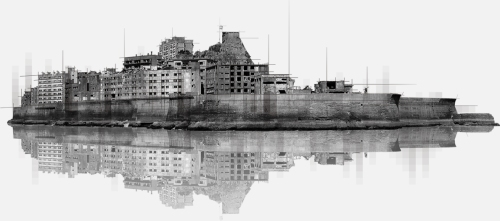
Gunkanjima
1974 wurde die Insel relativ schnell geräumt; dabei wurden viele, auch persönliche Gegenstände zurückgelassen. Seitdem „verwildert“ sie und ist neuerdings das Ziel von Touristenfahrten.

In Japan gibt es hunderte dieser verlassenen Minen, Brücken, Fabriken, Vergnügungsparks, Schulen, Hotels und Wohnsiedlungen die langsam wieder von der Natur eingenommen werden. Sogar in der Fabrik von KTM in der ich gearbeitet hatte, gab es zwei alte, verlassene Wohnheime in die ich ab und einmal gestiegen bin. Diese Plätze haben ihren ganz eigenen, gruseligen Charme und es sind bereits einige Bücher über die geschrieben worden, wie z.B. „Abandoned Japan“

(c) http://haikyo.org/red-factory/
Prima, das wir so etwas dann auch bald in Bremen haben werden.
Durch Seehausen, das GVZ und an dem Tchibo Lager vorbei erreichte ich dann Rablinghausen und kurz darauf war ich fast mitten in der Stadt an der Brücke, die keinen Namen hat und Am Brill anfängt.Lustig, das eine der richtigsten Brücken Bremens namenlos ist, während die andere wichtige Brücke „Karl-Carstens-Brücke“, nicht so genannt wird, sondern nur als Erdbeerbrücke bekannt ist.
Ich fuhr weiter am St.Pauli Damm und dann weiter auf dem Weserdeich und dann auf dem Hebenhausener Deich.Lief prima heute. So gut, dass ich noch eine Extrarunde drehte am Wielftsee und erst dann nach Hause fuhr. Wieder 77 km im Sack. Ich wusste, ich werde es schaffen.









